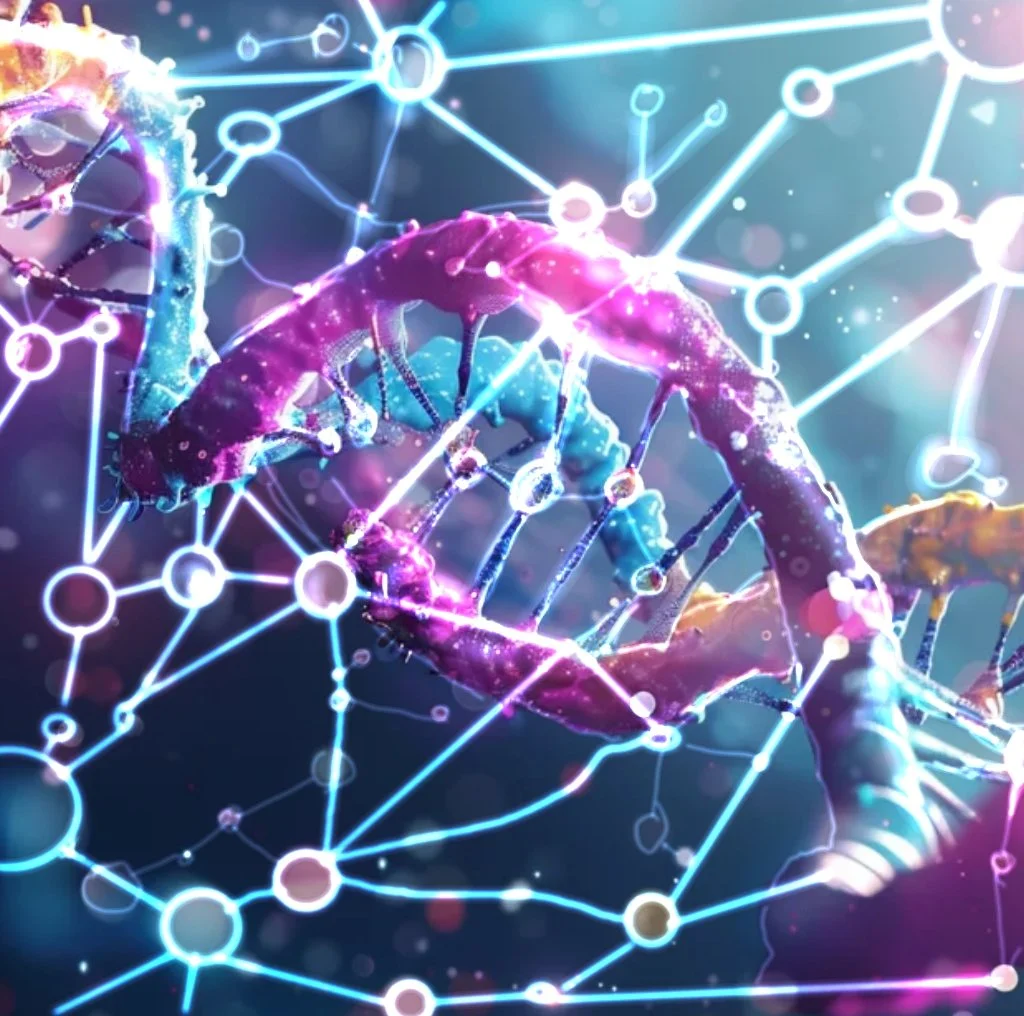
Context Rot: Why Bigger Context Windows Aren’t the Answer for Retrieval
Bigger context windows don’t automatically improve retrieval. Real gains come from reasoned, precise context—structured and guided by ontologies and knowledge graphs.
Integration Isn’t Optional: Why AI-Ready Data Needs URIs and Ontologies
The Semantic Web isn’t the problem—distributed data integration is. For AI agents to act and reason effectively, organisations need clear semantics, stable URIs, and shared ontologies baked into their data products.
URLs for Data: The Key to Scalable Data Marketplaces
All functioning marketplaces rely on shared standards — and data marketplaces are no exception. The key lies in universal identifiers. Borrowing from the Semantic Web, the use of resolvable URLs for data items offers a simple, scalable way to unify fragmented data estates and enable decentralised coordination across the enterprise.
What is an Ontology?
Ontologies are the next step beyond schemas and knowledge graphs — flexible, logical frameworks that define meaning, enable reasoning, and power intelligent AI systems. Learn how they transform static data into structured knowledge.
What is a Triple?
One of the simplest yet most powerful ways to structure information is with a triple.
A triple is exactly what it sounds like: a unit of data broken into three parts - subject, predicate, and object. Think of it like a bite-sized fact. For example:
🔹 Subject: Big Ben
🔹 Predicate: is located in
🔹 Object: London
This seemingly basic structure is the foundation of knowledge graphs - those sprawling networks of interconnected facts that power everything from Google Search to a new breed of AI assistants.
What Is A Knowledge Graph?
In a simple graph, an edge between two nodes just means "these things are connected." In a knowledge graph, the edges say how and why they are connected.
Let’s expand our example. Suppose Alice isn’t just a person - she’s a doctor. She works at a hospital. That hospital is located in London and specialises in cardiology. Instead of an undifferentiated mess of connections, we now have semantics - explicit labels that tell us what each node and edge means.
This is what turns a graph into a knowledge graph: it captures relationships, categories, and meanings. It understands that a person isn’t the same as a company, and that "works at" is different from "has visited."







